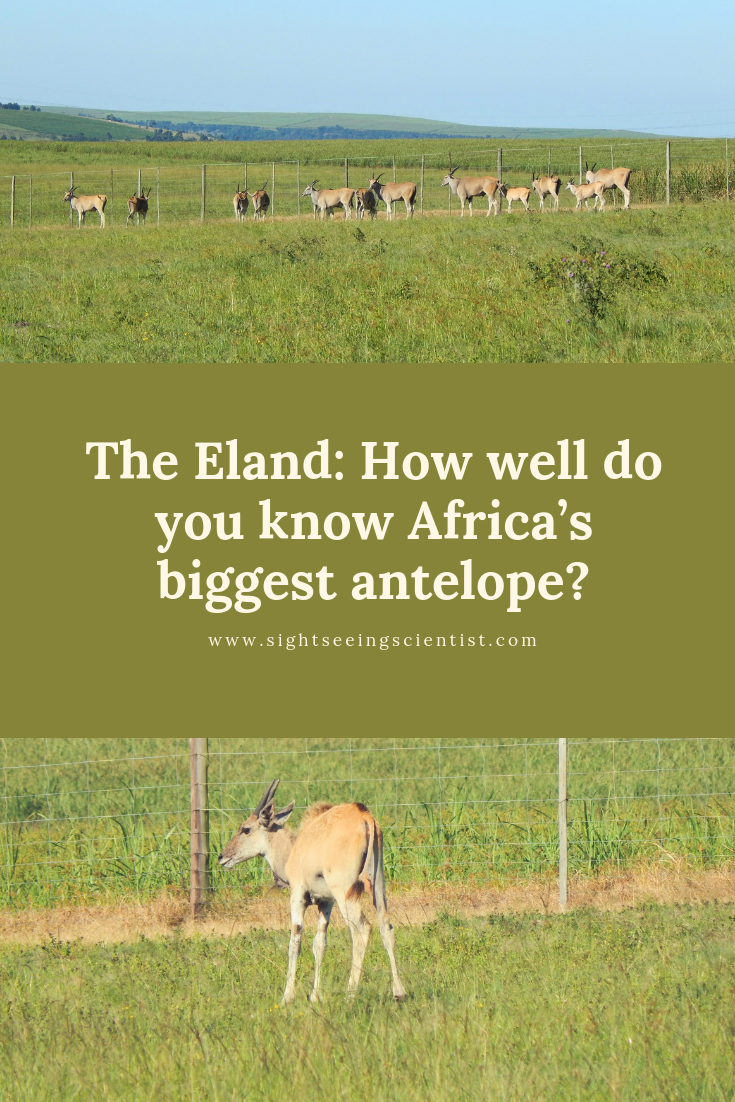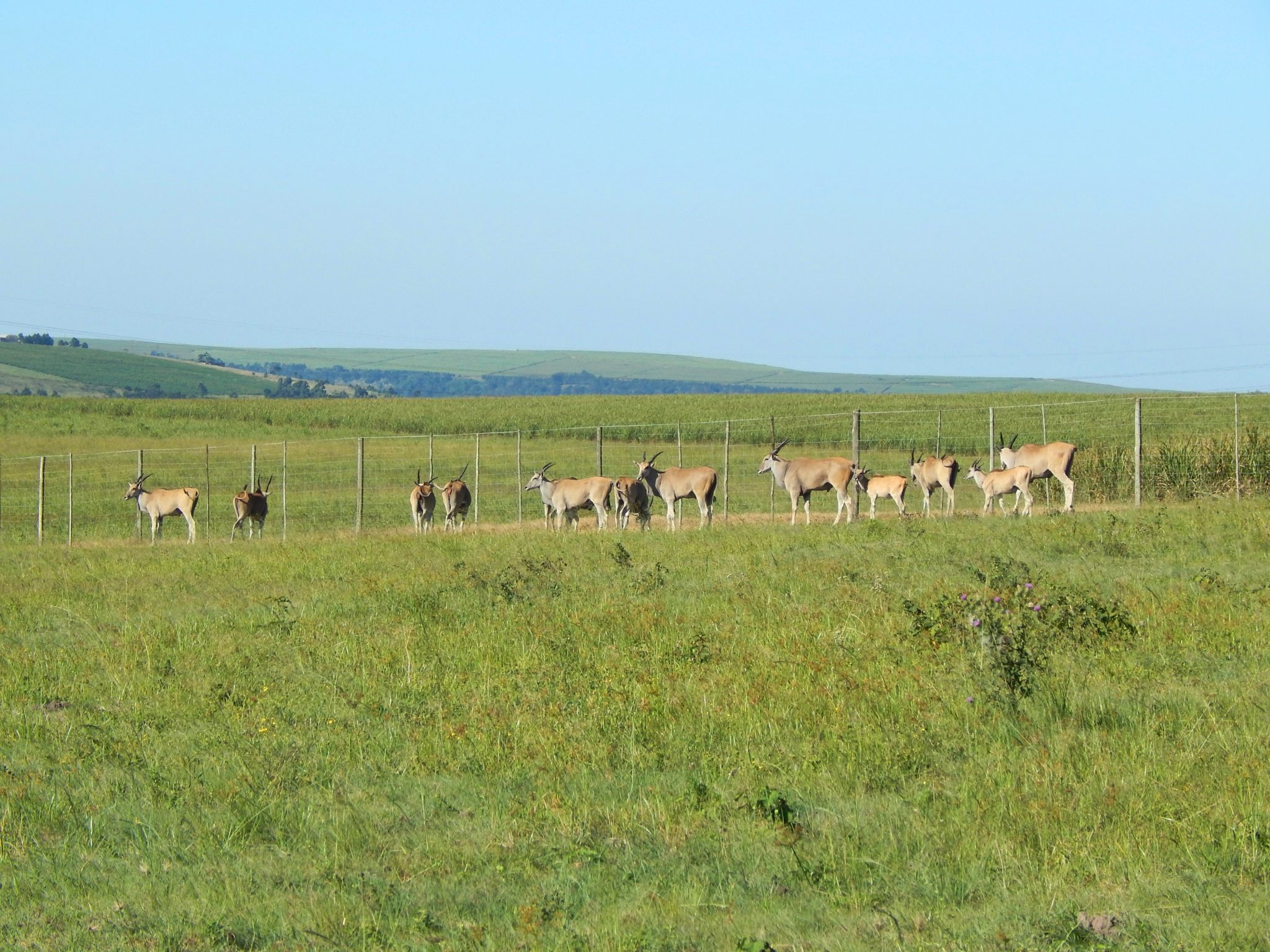One thing that I want to accomplish with my blog this year is to write more articles about animals and wildlife experiences. That’s where my true love lies. Nature and animals and I want to share my love and passion with you guys. To kick off 2019, here are some random (and hopefully interesting) facts about the
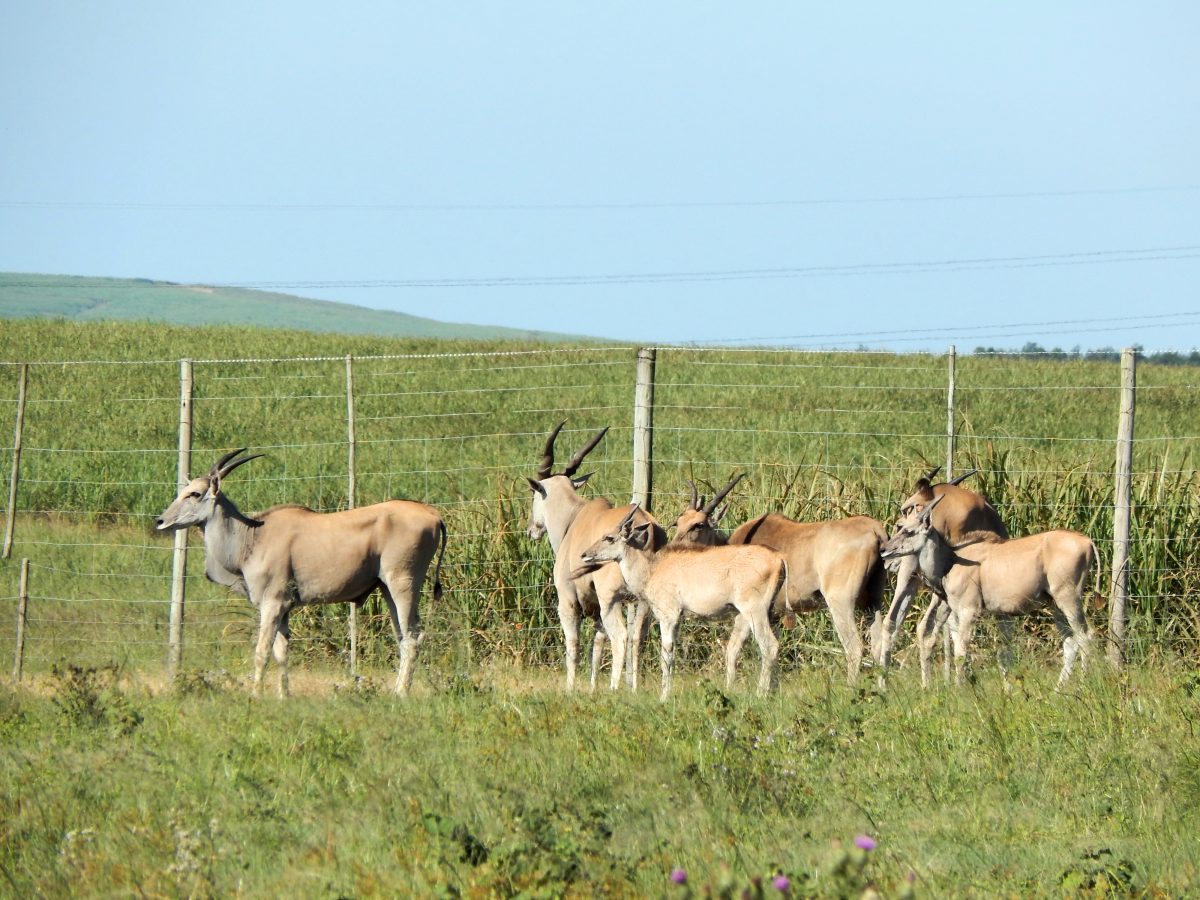
The largest antelope in the world
From the title of this blog post, you already know that elands are the largest antelope in Africa. But did you also know that at a shoulder height of two
Males and females differ in size
Elands are sexually dimorphic. That’s just a fancy way of saying that males and females differ in size, with males nearly twice the size of females. Interestingly,
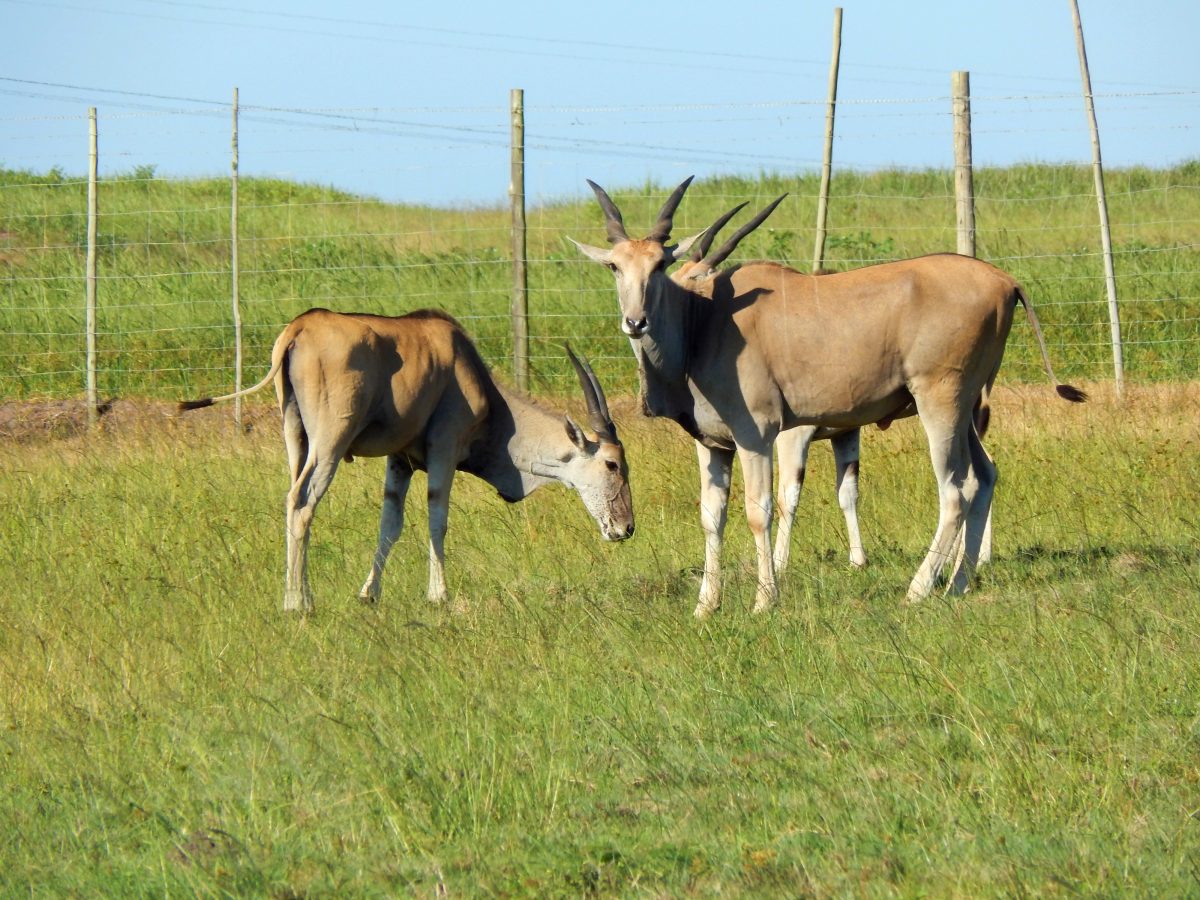
Elands ain’t fast…
Elands are the world’s slowest antelope. I’m no expert here, but I think it has something to do with their size. That’s my educated guess 😉
but they sure can jump high!
Elands are high jump champions. They might not be the fastest runners out there, but they sure can jump high. From a standing position, they can jump up to three metres high. Wtf? This characteristic presented a huge problem when people tried to domesticate elands. They couldn’t keep them fenced in.
Scientifically important
When it comes to understanding thermoregulation and water balance in desert-dwelling ungulates, elands were one of the first species studied. Just google ‘eland and body temperature’ and you’ll see what I mean. Some of the studies go back longer than 50 years.
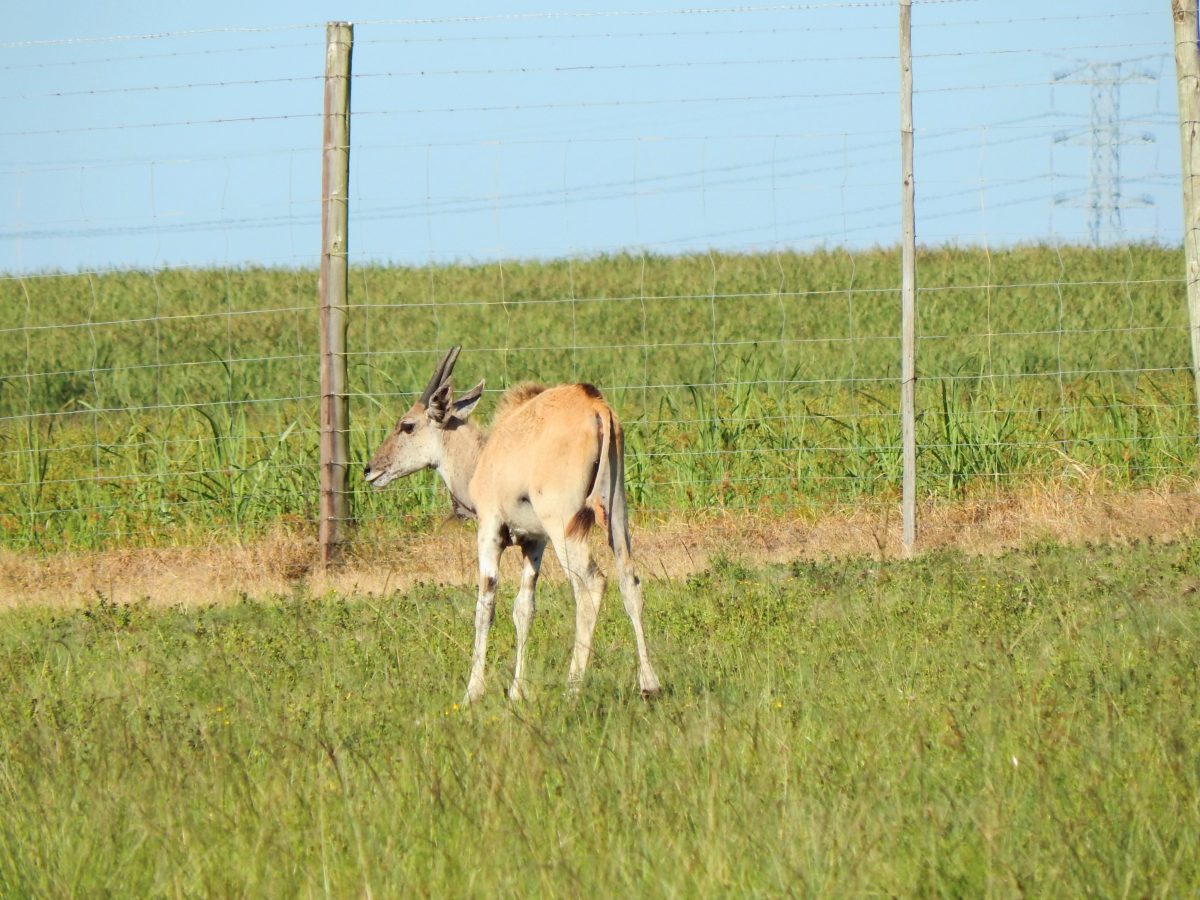
Gestation period
What do elands and humans have in common? Gestation period. That is, women and female eland are pregnant for nine months. Also, females give birth to one calf which is mostly true for humans too.
Age and age determination
In the wild, elands can reach an age of between 15 and 20 years, and live up to 25 years in captivity. Have you ever wondered how scientists determine the age of wild animals? Well, it differs from species to species. When it comes to the
Did you learn something new? I certainly hope so. Check in next week for another fun article about a fascinating animal.
